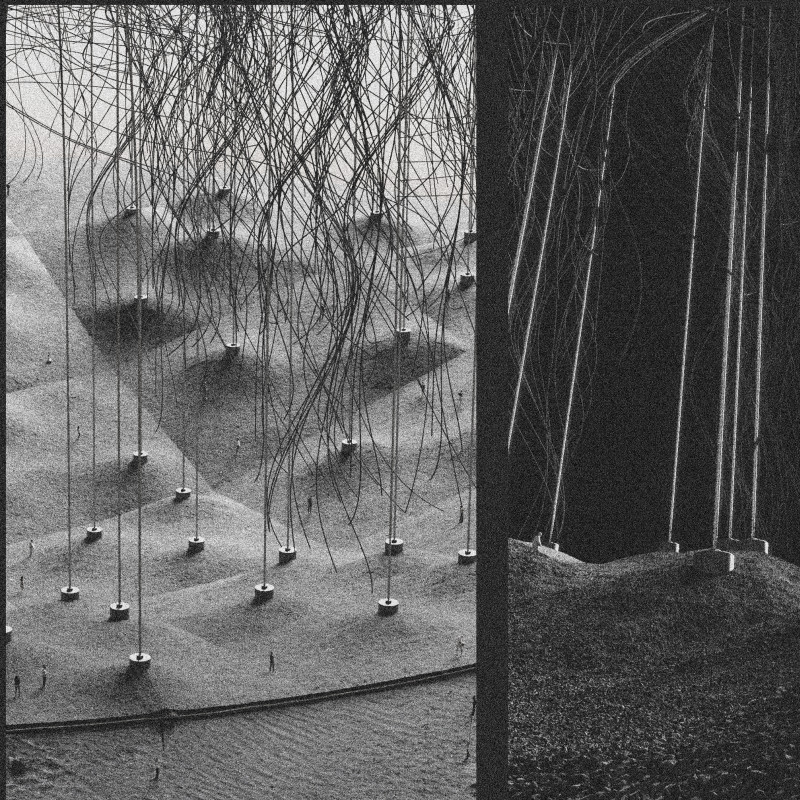5 key facts about this project
The core function of this architectural project is to create a multifunctional space that caters to both communal and private activities. This unique duality is evident throughout the design, where spaces are categorized yet interconnected, allowing for fluid movement while maintaining a sense of cohesion. Public areas, such as gathering spaces and communal rooms, are designed to encourage interaction, while private zones are thoughtfully positioned to offer tranquility and solitude when required.
The project showcases several important design elements that enhance its appeal. The overall form features dynamic geometries, which are meticulously planned to maximize natural light and promote ventilation. Large glass panels are strategically integrated into the facade, reflecting a commitment to transparency and an organic connection with the outdoors. The careful arrangement of volumes not only contributes to the building's visual interest but also optimizes the internal layout, ensuring that each space serves its intended purpose effectively.
Materials used throughout the project play a vital role in defining its character. Reinforced concrete provides structural strength, while the incorporation of steel frames allows freedom in achieving innovative spatial arrangements. The use of large glass surfaces not only enhances the aesthetic quality but also creates a dialogue between the interior and the external environment. Warmth is introduced through wood cladding, which may be sourced locally to reinforce sustainability and echo regional architectural practices. Additionally, brick may be featured prominently in select areas, grounding the design in its cultural context and providing a textural contrast to the modern elements.
A distinctive feature of this design lies in its landscaping strategy, which integrates native flora to establish a vibrant ecological connection. Pathways and outdoor spaces are thoughtfully designed to invite users into the surrounding environment. Green roofs and terraces could further enhance biodiversity, while offering functional outdoor areas for recreation and relaxation. This relationship with nature reinforces the project's sustainable ethos, showcasing a commitment not only to the built environment but also to the preservation of local ecosystems.
This architectural project stands out due to its dedicated focus on sustainability and community integration. By prioritizing locally-sourced materials and implementing eco-friendly practices, the design minimizes its environmental impact, illustrating a forward-thinking approach that resonates within contemporary architectural discourse. The ability to adapt spaces for various uses caters to the evolving nature of community needs, ensuring the architecture remains relevant over time.
The innovative design strategies employed in this project invite engagement and interaction, emphasizing the importance of social environments in architecture. The careful consideration of both communal and individual spaces reflects a nuanced understanding of user experiences, making the architecture not merely a shelter but a facilitator of social connections.
For those interested in gaining a deeper understanding of the architectural details and design principles that underpin this project, exploring the architectural plans, sections, and designs will provide valuable insights. Understanding the architectural ideas that shaped this project can inspire further discussion on modern architectural practices and their impact on community living. The design represents a thoughtful investment in both aesthetics and functionality, fostering a space that serves its purpose while remaining deeply connected to its surroundings.























